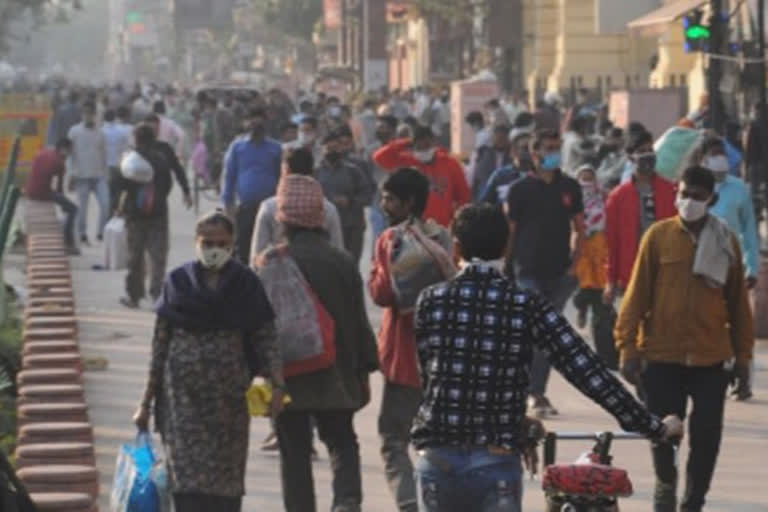Hyderabad: Teaching in India and Mexico was observed to often be rather disciplinary and textbook-based which has led to a neglect of a more systemic approach to study causes and solutions, affecting the Human Development Index (HDI) of the country.
HDI which is a statistical tool used to measure a country's overall achievement in its social and economic dimensions is based on the health of people, their level of education and their standard of living.
Every year the United Nations Development Programme (UNDP) ranks countries based on the HDI report released annually.
UNDP's HDI report 2020 pertaining to India shed light on the lower fertility rates in India and said expanding human development — more education of women and girls, more economic empowerment of women, more bargaining power of young girls in households and reduced poverty caused the fertility rate to go down in the country.
It also showed that financial security and ownership of land improve women’s security and reduce the risk of gender-based violence in the country. The same was evident in Colombia also.
Touching upon malnutrition, stunting and wasting, the report said in Asia, where indigenous children in Cambodia, India and Thailand show more issues is because of the lack of access to safe drinking water and wastewater treatment. However, in India, different responses in parent behaviour, as well as some disinvestment in girls health and education have led to higher malnutrition among girls than among boys.
Developed by Pakistani economist Mahbub-ul-Haq in 1990, HDI is used to measure the country's development by the UNDP. Calculation of the index combines four major indicators: life expectancy for health, expected years of schooling, mean of years of schooling for education and Gross National Income per capita for the standard of living.
One of the best tools to keep track of the level of development of a country, HDI combines all major social and economic indicators that are responsible for economic development.
Other Observation Pertaining to India
- In 2008 India launched the National Action Plan on Climate Change, a sensitive intervention point because it was a formal recognition of the threat of climate change and the need to act at home, even as international negotiations were ongoing.
- Under the Paris Agreement, India pledged to reduce the emission intensity of its GDP from the 2005 level by 33–35 per cent by 2030 and to obtain 40 per cent of electric power capacity from non–fossil fuel sources by 2030.
- As part of the plan, the National Solar Mission aims to promote solar energy for power generation and other uses to make solar energy competitive with fossil fuel-based options. Solar capacity in India increased from 2.6 gigawatts in March 2014 to 30 gigawatts in July 2019, achieving its target of 20 gigawatts four years ahead of schedule.75 In 2019 India ranked fifth for installed solar capacity.
- A crippling drought coupled with poor infrastructure in Chennai, India—home to 10 million people—caused water shortages so severe that there were street clashes. Meanwhile, the heaviest monsoon in 25 years produced catastrophic floods and the loss of at least 1,600 lives across 13 Indian states; in Kerala, more than 100,000 people had to be evacuated.
- Cases in India and Nepal show that environmental decision making can be democratized when control over the means of production is transferred to local communities, which can lead to more sustainable outcomes.
Also Read: India's HDI rank slips to 131, still gets UNDP praise



